Case fans are a dime a dozen, but which fan fits which system? Is a model suitable as a case fan and how does it really perform on different radiators? What about the real speed range, how high is the start-up speed and what parameters does such a fan offer over the speed range, including the usually unavoidable noise emission? Exactly for all these life situations the available data sheets of the suppliers (and labels) are almost always not sufficient. And is it true what is often promised?
And since there is currently no source that offers realistic and usable data, even in comparison, we have invested a lot of time and money and simply developed our own fan measuring station with the advice of a cooling unit manufacturer and then calibrated it. Here Pascal has done a great job and the result as the model “Sarcophagus I” can be seen in the meantime. The heavy and solid body made of thick MDF boards is screwed, glued and sound-insulated. How it all works and what we can and cannot measure in the end, you will learn in this article.
Of course, what we can measure from now on only meets semi-professional requirements, even though all measuring instruments have been calibrated in an elaborate and cost-intensive way. But that’s enough for all areas of what concerns the PC self-construction and -conversion. Of course, we are not a standardization company or the TÜV, but we try to measure everything as accurately as possible, which still remains within a reasonably affordable range. In the beginning we will present the tested fan series as single articles, later it will become a real database with search and specifications, as well as a free downloadable test protocol for each model.
Test as case fan or on radiators
Currently, there is always the question of what characteristics such a 120 or 140 mm fan really has. Not every model is suitable for all radiator thicknesses and many a supposed powerhouse loses so much pressure on radiators that it can hardly be called suitable. The data on volume flow (“throughput”) and static pressure in the data sheets are of no help if something works well on a slim radiator and fails completely on a 45 mm radiator.
In the picture we can see the middle partition between the two chambers, which supports the fan and also the radiator. Decoupling is of course very important, and we were fortunate to have expert help in calculating the volume for the chambers. Each of the chambers is also conveniently lined with dimpled foam.
Radiators and fans are decoupled and screwed down with their own clamping device. On the picture you can see very nicely the improvised clamp with thick washers and insulation material as a base. The control is done by a purchased Aquaero from Aqua Computer, so we can control and test the fans by voltage (DC) or also by PWM. Both are needed, because many fans, as some people do not know, cannot be brought to the lower and upper limits of the speed range with pure voltage regulation.
Volume flow
We measure the volume flow at the outlet of the second chamber where the air is blown out. This range is covered relatively accurately by comparative measurement in the measurement setup of the industrial partner, so that our testo 410i now delivers quite reliable results to the electronic measurement data acquisition system, which correspond quite well with the reference data of the professional measurement.
Static pressure
The measurement of the static pressure is carried out as usual as a differential pressure measurement. For this purpose, the special “bowl” is clamped on so that it closes airtight. Here too, of course, we measured and calibrated with borrowed, professional equipment. For this measurement we also use the 510i, a device we purchased ourselves from testo, and collect the data wirelessly.
Noise emission
Measuring the noise level is a bit tricky, but works quite well in the evening hours at the measurement location. We decided to use dBA or dBC because values below one sone can hardly be measured reliably with still affordable and calibrated equipment and the software conversions of various software programs tend to confuse and become inaccurate in this low range. I’d rather use dBA then, especially since most people can do something with it. The measuring distance is 50 cm from the centre axis of the fan inlet.
A Voltcraft SL 451, calibrated by us according to ISO, is used, the microphone of which we have placed decoupled from the body. The data acquisition takes place outside the measuring chamber. The Voltcraft SL 451 was made available to us by Conrad Elektronik. It is also the only component not acquired by ourselves. All other measuring instruments including accessories and electronics were purchased by us or provided from private stocks.
We will not go into certain details and approaches in this article, because there is still some foreign know-how in this structure and some things would probably be too far for the normal consumer. If you are interested and would like to build something like this, you are of course welcome to contact us. This also applies to all those who would like to contribute suggestions and tips, because we are still at the very beginning and can still correct or expand.
What we measure and how the result looks like, you can see on the next page by means of an exemplary selected fan, which however is anything but our reference. That’s exactly what we are still looking for 🙂
| Test setup | |
| Housing / measuring chamber | Two-chamber measurement setup with sound insulation |
| Volume flow and flow velocity | testo 410i (calibrated) |
| Differential pressure measurement | testo 510i (calibrated) |
| Sound level measurement | Voltcraft SL 451 (Conrad, permanent rental, calibrated) |
| Speed control and fan control | Aqua Computer Aquaero 6 Pro |
| Commissioning | March 2021 |














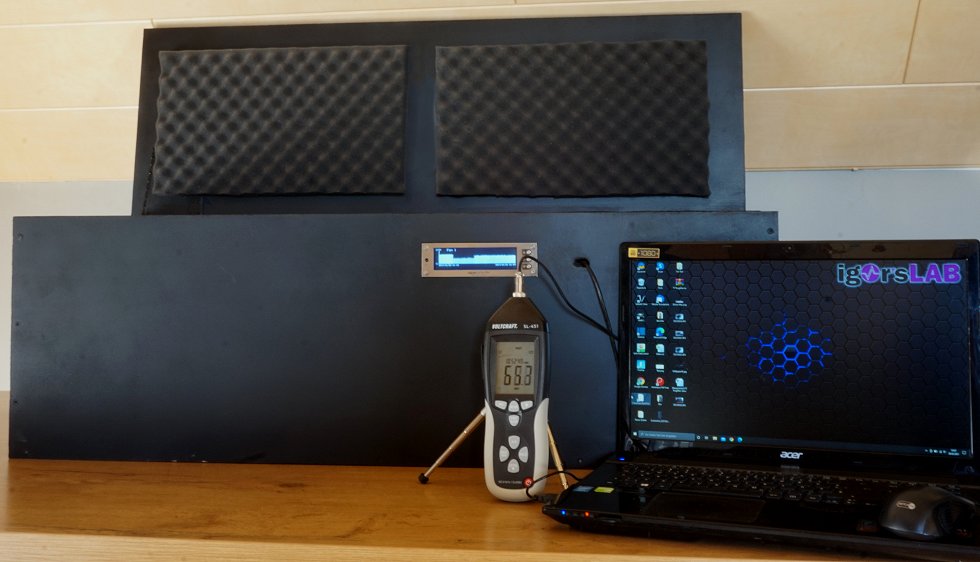
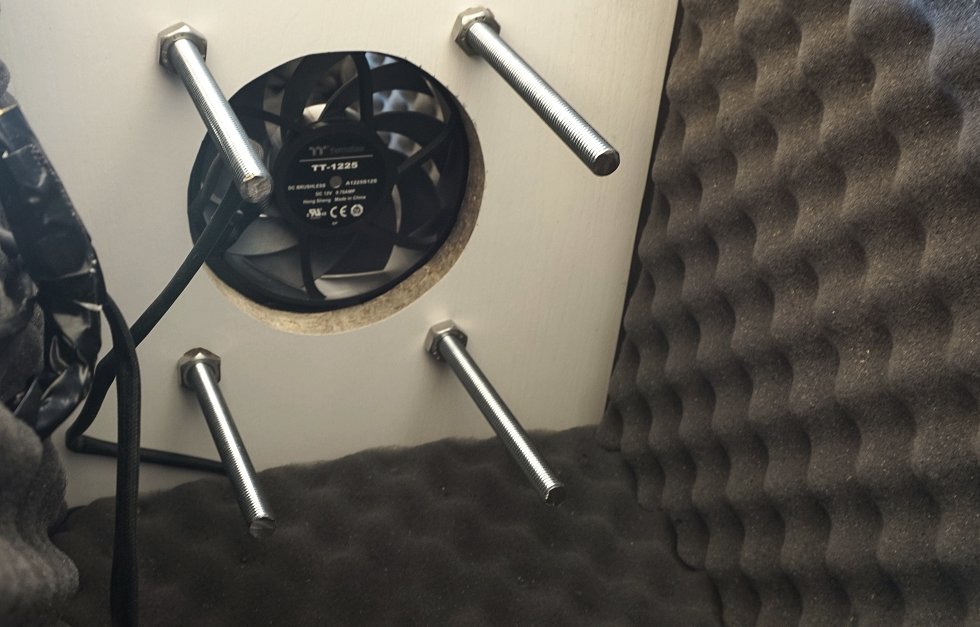
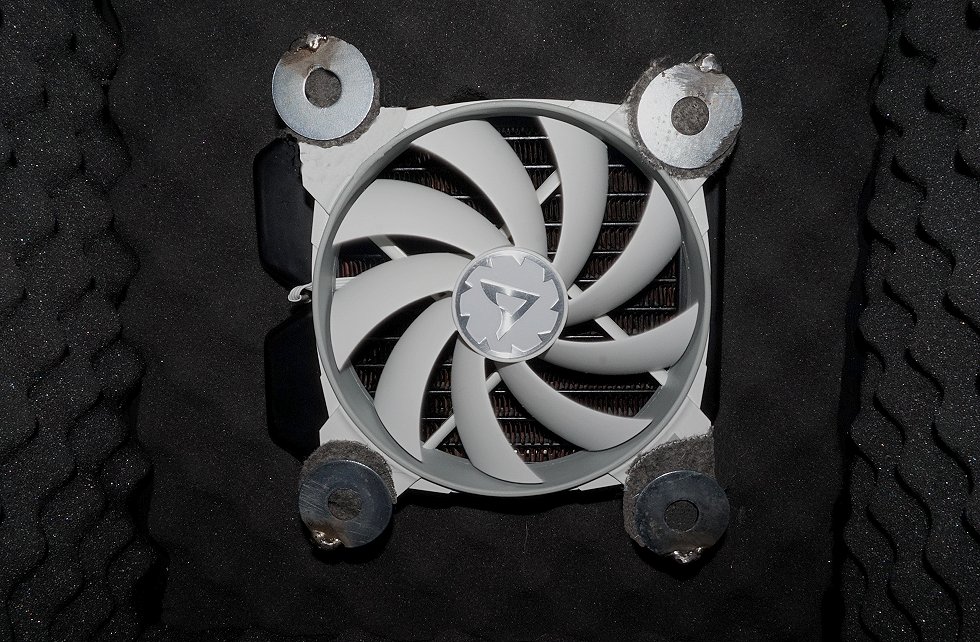
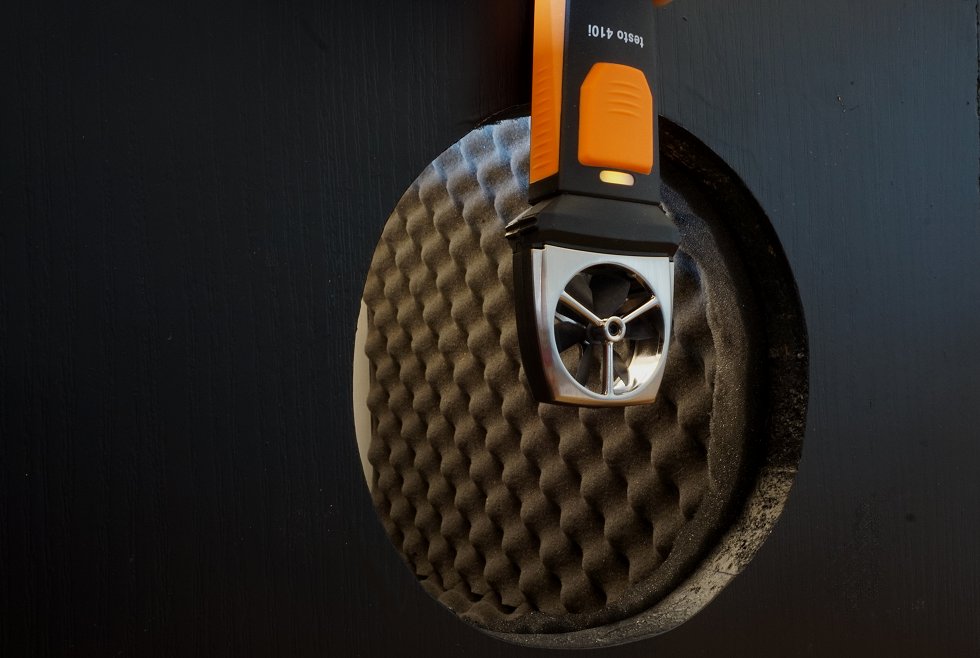
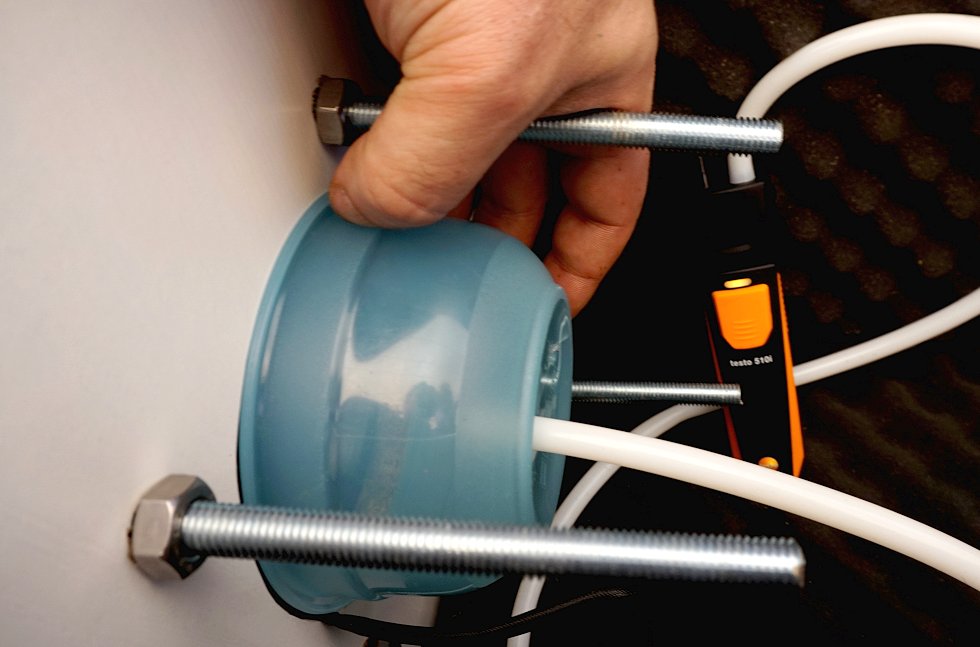
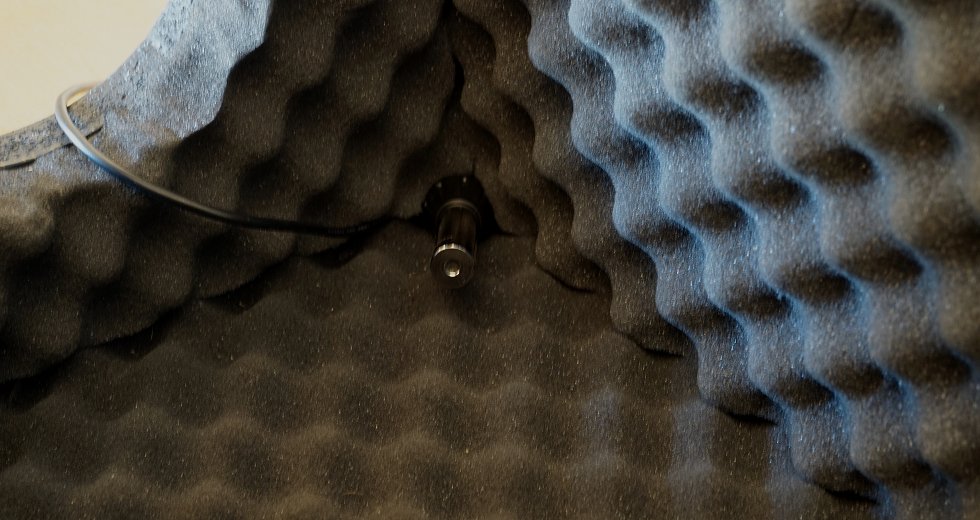


















160 Antworten
Kommentar
Lade neue Kommentare
Urgestein
Urgestein
Veteran
Urgestein
Mitglied
Moderator
Urgestein
Urgestein
Neuling
Urgestein
Urgestein
Urgestein
Veteran
Mitglied
Urgestein
1
Urgestein
1
Urgestein
Alle Kommentare lesen unter igor´sLAB Community →